Cornell has assembled two respectable three-point weekends in a row. The two were very unlike one another. Cornell dominated Harvard from the opening face-off, then battled back twice with last-seconds goals to down the Crimson. At Dartmouth, Cornell's offense could not find a groove and could best a relatively inexperienced Big Green netminder only once in the contest. Against St. Lawrence, Cornell was expected to win. It was almost undeniable that if Cornell could hold the Saints to two goals, the Big Red would win. The Red jumped to a 2-0 led. Then it became complacent. Greg Carvel used his timeout to great effect and spurred his team on to erase 2-0, 2-1, 3-2, and 4-3 deficits to tie the contest. Alternate captain Cole Bardreau had the game on his stick with a penalty shot in overtime, but could not convert. Clarkson pounced on Cornell with two tallies in the first period. The Big Red was held scoreless. Matt Buckles got the team rolling and Andy Iles settled in after an atypical outing against St. Lawrence. Cornell returned to the locker room with a 3-2 lead. The Big Red would hold onto that lead for the remainder of the contest.
Perhaps it is supporting Cornell's style of play or respecting closely contested game, but the 4-4 tie against St. Lawrence was far more disappointing than the 1-1 tie against Dartmouth. It may be time to move on, but the St. Lawrence outing was the first since the semester break where this writer found himself consistently puzzled at Cornell's play. Cornell got three points both weekends. Let's hope that Coach Schafer and the team have improved upon the defensive and penalty killing lapses that let St. Lawrence knot the contest late.
Schafer's general rule is that the Big Red should aim to split on the road and sweep at home. Cornell played two games on the road and two at home. In his ideal, Cornell would have earned six points over those contests. Cornell managed to equal that point total. So, at least in that regard Cornell's climbing of the standings is sound. However, Cornell will need a few big weekends to make up for weekends in the first half of the season that fell short of this pace.
All teams above Cornell in the ECAC Hockey standings are active this weekend. Union swings through the North Country, Quinnipiac travels to Dartmouth, Colgate exchanges with Cornell, and Clarkson battles RPI and Union. Several of those match-ups provide top-five infighting that may enable Cornell to make actual progress up the standings. The Big Red needs to make good of this opportunity.
New Era
Is the contest against Yale more psychologically important? Perhaps. However, not for the reason that some may think. The Cornell-Yale series has entered a new era. The pains of Yale's domination over Cornell in the ECAC Hockey Championship games of 2009 and 2011 are barely felt on the members of this Cornell squad. Only once in eight meetings that this senior class has played against the Bulldogs have they defeated the Big Red by a margin greater than three goals. Its last losses have been by one goal. These Cornell teams no longer live in any form of psychological dread of playing an Allain-coached Yale team.
Yale is the reigning national champion. And, can defeating the reigning national champion ever get old? In recent contests, Yale has been able to be contained. Clarkson and Brown have given the Elis their only post-semester-break losses. In both contests, the opponent held Yale in check defensively and won a war of attrition. Yale exacted revenge against Brown with a 6-0 thrashing the day after its 3-1 loss. Six goals was the most that Brown had surrendered all season. Cornell gave them the next highest total of five.
Yale averages just fewer goals per game than does St. Lawrence while allowing 1.66 fewer goals per game. Cornell and Yale are tied in terms of team defense. Yale's special teams find themselves in the bottom half of the country. It is its power-play unit that fairs much better converting 19.3% of the time on opponents. The penalty kill from New Haven ranks 42nd in the nation. Before that gives you relief, consider that Cornell has been unable to convert on three opponents over its last four games that rank worse.
Yale's roster attempts to execute the same system as it has for seasons under Keith Allain, failing to realize that the nature of its personnel are changing. There are few Christian Hilbrichs in the game, so an increase in size and weight of newer Yale recruits has made the Elis's game less up-tempo and mobile. Alex Lyon between the pipes has made up for whatever systemic shortcomings there may be elsewhere.
Lyon has produced a 0.936 save percentage since the break. He did not allow more than three goals over that span. However, it is interesting to note that in those victories over that span, Lyon has allowed only one or no goals. This save percentage places him among the ten hottest goaltenders since the end of December. Andy Iles checks in at 15th.
Brown has compiled some gaudy stories on its run to the present moment. The Bears tied Denver and Boston College, and downed Colorado College on the road. Colorado College may not be performing at its expected level, but defeating such a historic program in its own building is noteworthy. The return to league play has been less forgiving for the Bears. They have averaged only a 0.500 record since returning to conference play.
Brown's special teams rank in the bottom 20 of the nation. The Bears allow opponents to convert 24.4% of their power-play opportunities. Tyler Steel in net cannot be underestimated. He has seen challenges from some of the most skilled forwards in the nation and has performed admirably. A modest 0.911 save percentage represents his performance since the Bears resumed play in the second half of the season.
Room for Improvement
Solving Steel may prove as difficult as solving Lyon despite the fact that Brown averages surrendering three goals per game since the semester's break. Andy Iles will need to keep his play at a high level to outperform both netminders. Furthermore, Cornell needs to keep its scoring momentum from the Clarkson contest.
Scoring for Cornell has been entirely unpredictable and unreliable. Three different lines scored on Saturday while in a four-goal outing on Friday, only one could find the back of the net. The line of Hilbrich-Mowrey-Ferlin has scored eight of the 11 goals that Cornell has tallied since resuming in-conference play. Meanwhile, the line of Lowry-Bardreau-McCarron has not scored since a two-goal outing against New Hampshire. Cornell's depth has carried it to success so far, but extreme reliance, to the effect of 72.7% of Cornell's offense, on one line is a decided weakness.
The mixed message of Cornell's scoring continues if one delves into other interesting statistics. Cornell is fourth in the nation in terms of its rate of scoring goals when it takes a shot on net. The Big Red finds the back of the net on 11.6% of the shots that it takes. Also, Christian Hilbrich, who has become quietly Cornell's second-most productive goal scorer, leads the nation in converting shots into goals. One-third of the shots that Hilbrich takes find their way behind the opposing team's netminder.
Cornell's power play, which led the nation for a brief several weeks, has fallen to six in the nation. More alarmingly, the Red power-play unit has not converted in its last 15 outings. That is five complete games without a Cornell power-play goal. Cornell hockey is won along the boards and in special teams, and allowing such a drought is antithetical to how Cornell hopes to play and how it said it would win this season. Engaging the Lowry-Bardreau-McCarron line and converting on the power play are high priorities for proving that this Cornell team is headed in the right direction.
These road tests may be challenging but they are fraught with opportunities.

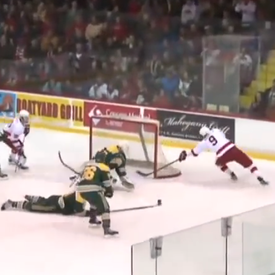
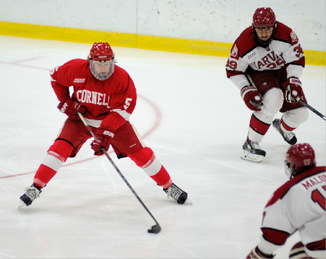
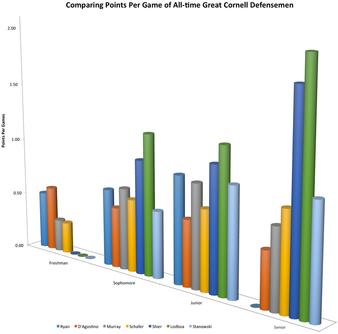
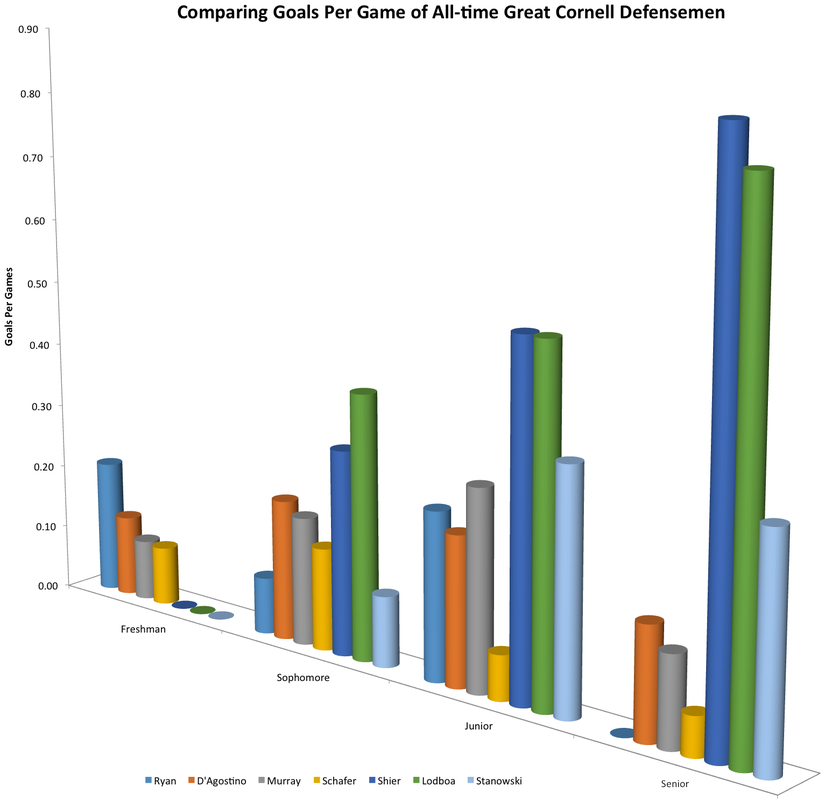
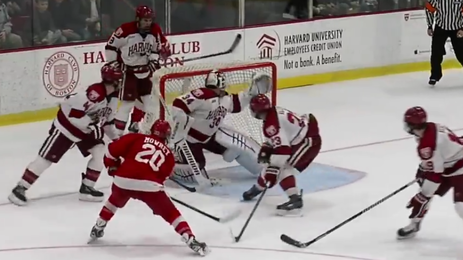
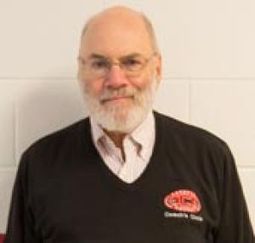
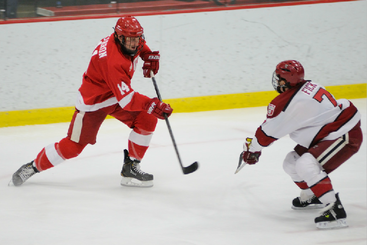
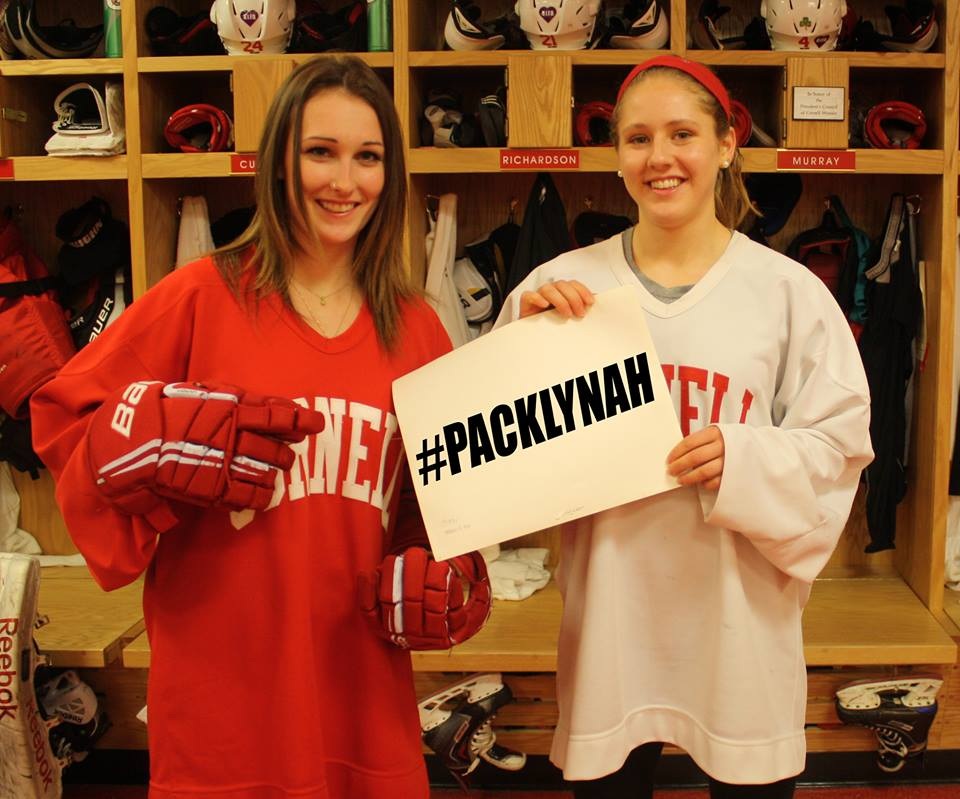
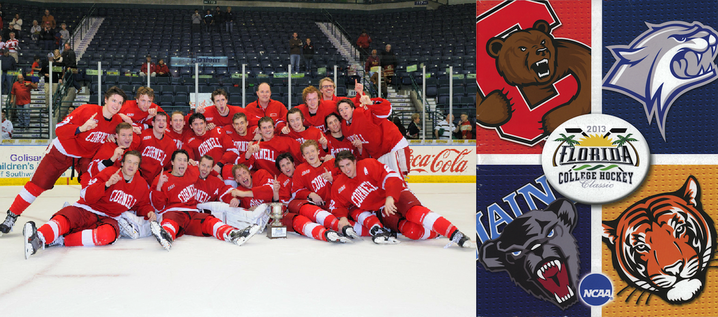
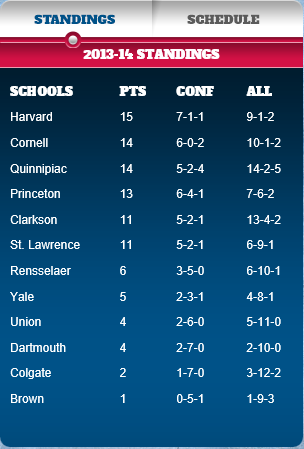



 RSS Feed
RSS Feed
